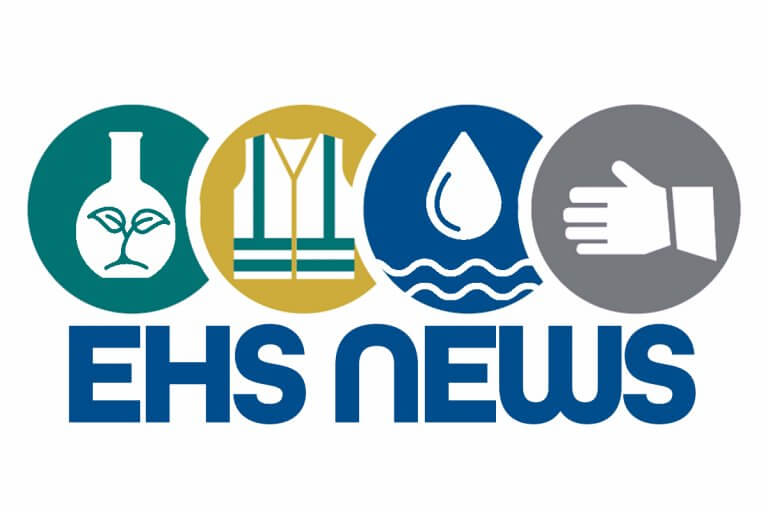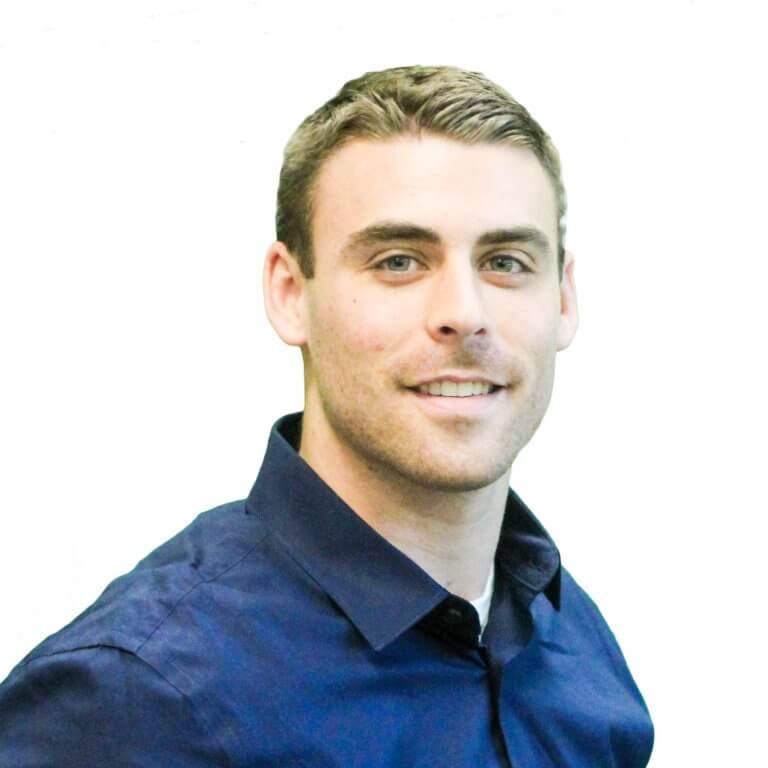
EHS Corner – Noteworthy EHS Regulatory Topics
Administration Launches Clean Manufacturing Initiative
On February 15, 2022, the Biden Administration announced its goals to support clean manufacturing initiatives in an official White House news release. The administration has created a Buy Clean Task Force that will focus on sourcing low-carbon materials in federal purchasing programs and new trade policies to incentivize manufacturers of low-carbon materials such as aluminum and steel.
The list below is a summary of some of the specific actions included in this clean manufacturing initiative:
- Expand the use of clean hydrogen in the industrial sector. The U.S. Department of Energy is providing billions of dollars of funding aimed to expand Regional Clean Hydrogen Hubs and reduce the costs of hydrogen manufactured from clean electricity.
- Establish the first-ever Buy Clean Task Force. This Task Force will utilize the federal government’s immense purchasing power to support American-made, low-carbon materials.
- Minimize the use and manufacturing of “dirty” products by rewarding American manufacturers of clean materials such as steel and aluminum.
- Issuing new guidance on Carbon Capture, Utilization, and Sequestration (CCUS) technologies. This new guidance will support CCUS projects with goals of reducing emissions and protecting vulnerable communities from industrial pollution.
According to the White House news release, the industrial sector currently produces almost one-third of domestic greenhouse gas (GHG) emissions. Facilities are generally required to submit annual reports under 40 CFR Part 98 if:
- GHG emissions from covered sources exceed 25,000 metric tons CO2e per year.
- Supply of certain products would result in over 25,000 metric tons CO2e of GHG emissions if those products were released, combusted, or oxidized.
- The facility receives 25,000 metric tons or more of CO2 for underground injection.
If your facility falls within one of these emission categories, you may be subject to reporting to the US EPA. GHG reporting is due March 31 of the following year.
Noise Emphasis Program Launched by OSHA’s Region 7 Office
The Occupational Safety and Health Administration’s (OSHA’s) Region 7 office has launched a Regional Emphasis Program (REP) in the Midwest to address noise concerns. The program will focus on inspection and enforcement for occupational noise exposures at facilities in Iowa, Kansas, Missouri, and Nebraska.
Under this REP, facilities will be selected based on lists of construction and general industry targeted by the program, along with reviewing state workers’ compensation data involving hearing loss claims.
During an inspection, OSHA Compliance Safety and Health Officers (CSHOs) will review the company’s hearing conservation program, exposure monitoring program, and OSHA 300 injury and illness logs. CSHOs will also actively screen for noise hazards and conduct full noise sampling events to determine potential occupational exposures.
Employees exposed to high levels of noise within the work environment can sustain irreversible hearing loss. Repeated exposures to high levels of noise can lead to permanent tinnitus and hearing loss. Bureau of Labor Statistics (BLS) data show that more than 1 in 10 people endure workplace noise levels loud enough to damage their hearing, but about half the nation’s workers do not use personal protective equipment to protect their hearing.
If you have a facility already monitored for noise exposure, it is important to keep up with the requirements of a hearing-conservation and continued monitoring program. If your facility has not monitored current noise-exposure levels, the first place to start is to have a noise sampling event completed to identify if and where occupational noise exposures exist. Now that OSHA will be specifically enforcing noise exposure through targeted inspections, employees in Region 7 and all over the country should take a look at the compliance of their current noise exposures and hearing-conservation programs.


